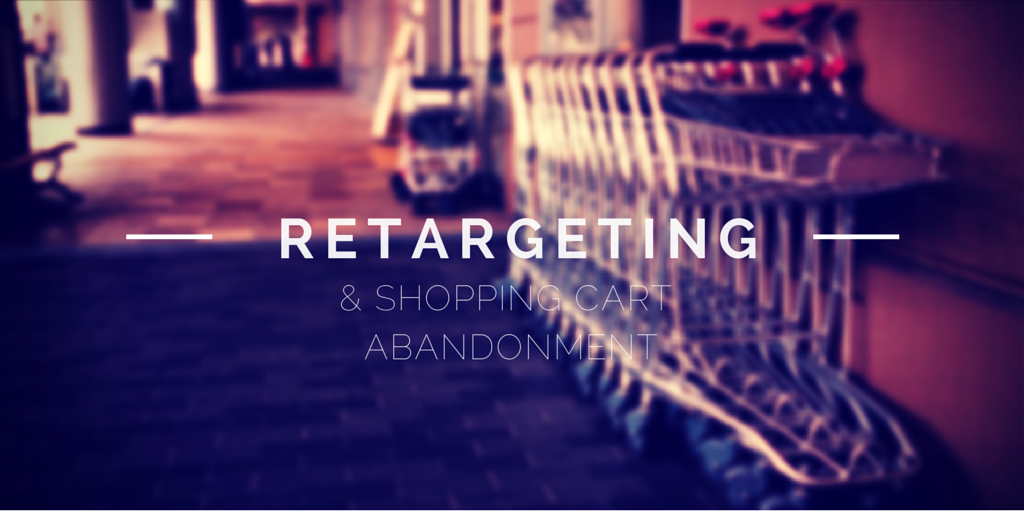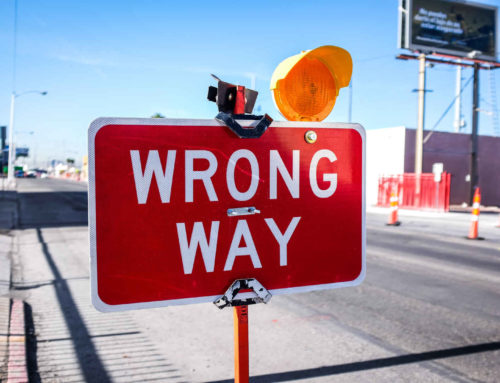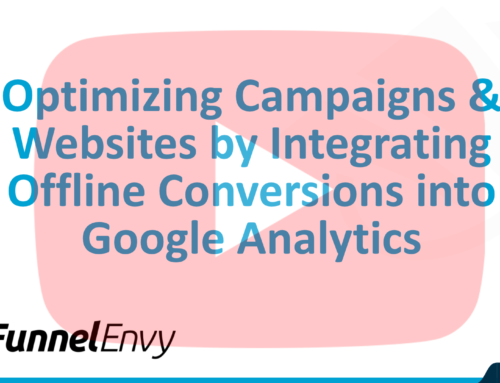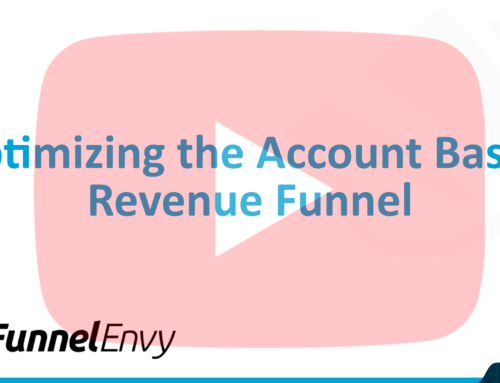There’s one trend in email marketing that every marketer and entrepreneur needs to pay attention to: cart abandonment emails or retargeting. While the topic is always relevant, it should be top of mind for retailers moving into holiday marketing mode. Retargeting is a follow-up marketing strategy that goes after the customers who loaded items into their shopping carts on eCommerce websites, and then left without completing the purchase. The reasons for abandonment vary, from frustration with the checkout process to real-life distractions that come up while the customer is trying to finish processing a sale.
On average, across the eCommerce industry, The Baymard Institute estimates that 67% of attempted purchases end in abandonment. Other sources suggest that numbers are rising, as high as 74%. The real costs of these abandonments to the economy’s bottom line are all over the place, but one recent Inc piece estimated it was in the region of $4 trillion dollars. But according to Forbes, a startling 80% of big retailers are doing nothing about it. Even though the numbers aren’t 100% in agreement across sources, one thing is clear: they’re high, and there is a tremendous opportunity for businesses to use retargeting technology.
Why retargeting matters
It costs at least five times more to attract a new customer than to retain an existing customer. Retargeting and similar technology are just smart business. Following up opens up the door for several things to happen:
- Your customers who didn’t complete a purchase give you feedback, which provides the foundation upon which to take action and change something in the process that’s likely losing you a significant amount of business.
- Your business captures revenues that it otherwise would have lost. A wide range of case studies exists on retargeting, with businesses capturing anywhere from 10 – 50% of their “cart abandonment” revenues.
- You improve your business practices by establishing a foundational business practice that takes your marketing and operational efforts post-sale, and positions you to take advantage of other tactics and technological solutions.
If you’re wondering whether it’s worth it, the Inc article suggests that a variety of retargeting tools enable up to 63% (around $2.5 trillion) of that $4 trillion to be recoverable.
Things to consider when implementing a retargeting program
Start before abandonment occurs: The best defense is a good offense, as they say. Looking at ways to simplify and improve the checkout process is the best way to mitigate the vast majority of abandonments. Identify points of friction in the checkout process and try to reduce them. Require less information. Integrate your checkout steps into a single page. Make sure your processing speed is adequate. Look for systems that allow buyers to start the process on one device and pick up on another (essentially, leveraging the power of omni-channel checkouts).
Send a follow-up email: If a customer comes to your site, adds something to the cart, and then leaves without buying, follow up with an email. It could be a personalized email from a service rep or an automated service that plugs into your eCommerce system. The email can be quite simple, reminding the shopper that the item is in their cart and that they should log-in and complete the purchase. This simple action alone has been known to triple response rates.
Timing matters: It’s important to understand that the effectiveness of cart abandonment emails has a time-out window. Shoppers should receive these emails within 24 hours. The best results have been shown to occur when emails go out within three to six hours. Remember that each audience is different, so test different time windows and see what timeframe yields the best results with your audience.
Personalize the message: Many of the retailers that do send out retargeting messages as part of their email marketing campaigns just address the emails as “Dear Customer.” It’s unlikely to make a meaningful connection. Set up your cart abandonment autoresponders to be as personalized as possible. A simple “Dear John” will do the trick. The best retargeting technologies will integrate with other systems to help you put customer intelligence to work in your favor. Consider automating this process as much as your infrastructure allows, and then strategically working with your staff to follow up where they might have a question.
Be persistent: While 20% of major branded retailers sent retargeting emails, 77% stopped after the first message. The data shows something important: those who sent a second follow-up message got a much better ROI. Have an autoresponder series of two to three messages that go out hours or a day apart. It’s important not to cross the line into irritating a customer or damaging your brand relationship, but often that sale comes when the customer receives the reminder email at just the right time. The right time could be device context, physical location, or other factors that are hard to predict and thus to capture with a single email.
Implement a discount ladder: Coupons get people to take action. It’s natural to try to offer an incentive with a cart abandonment email. “You didn’t purchase, so here’s a 10% off coupon to get you to take action now.” Discounts are not a bad idea. Since a certain percentage will convert to a sale with the first cart abandonment email, hold off on including any discounts or promotions until your second email. This both maximizes your profits and gives you a valid excuse to contact customers a second time. When you do offer a discount, add an urgency component
Watch your numbers: How are your abandonment rates overall? If they continue to be high, or your retargeting efforts are not as effective as they could be, you’re likely facing a bigger challenge. At this juncture, it’s time to implement a two-pronged approach. One is to look at your website systematically for breakdowns in the flow or even a business model. The second is to talk to your customers and leads and find out why they’re not converting. The issues could be lack of trust, non-competitive pricing, or other things that require a more holistic strategy.
Your business can make a significant impact on conversion rates by following up with customers who abandoned items in their carts while shopping online. Send a follow-up email as soon as possible, personalize your message, don’t be afraid to follow up more than once, and offer a discount or incentive at the right time. Is your business successfully using retargeting technology? Let me know your favorite strategies below in the comments.






